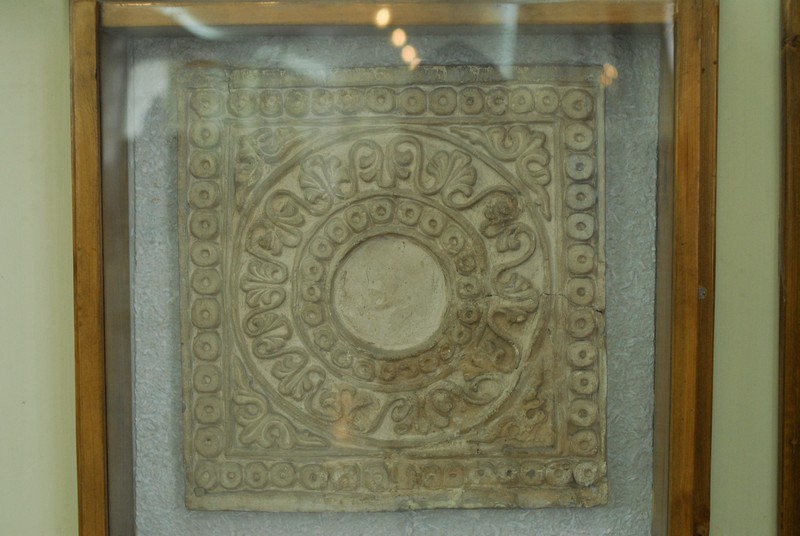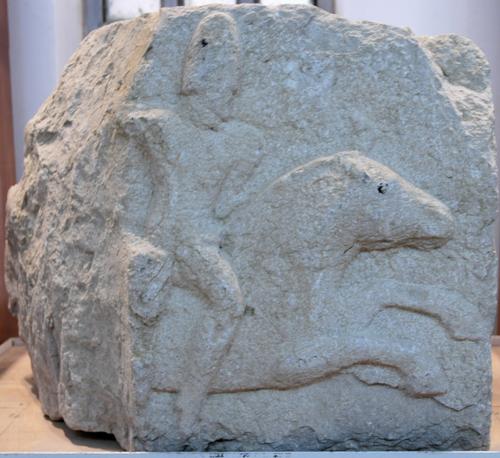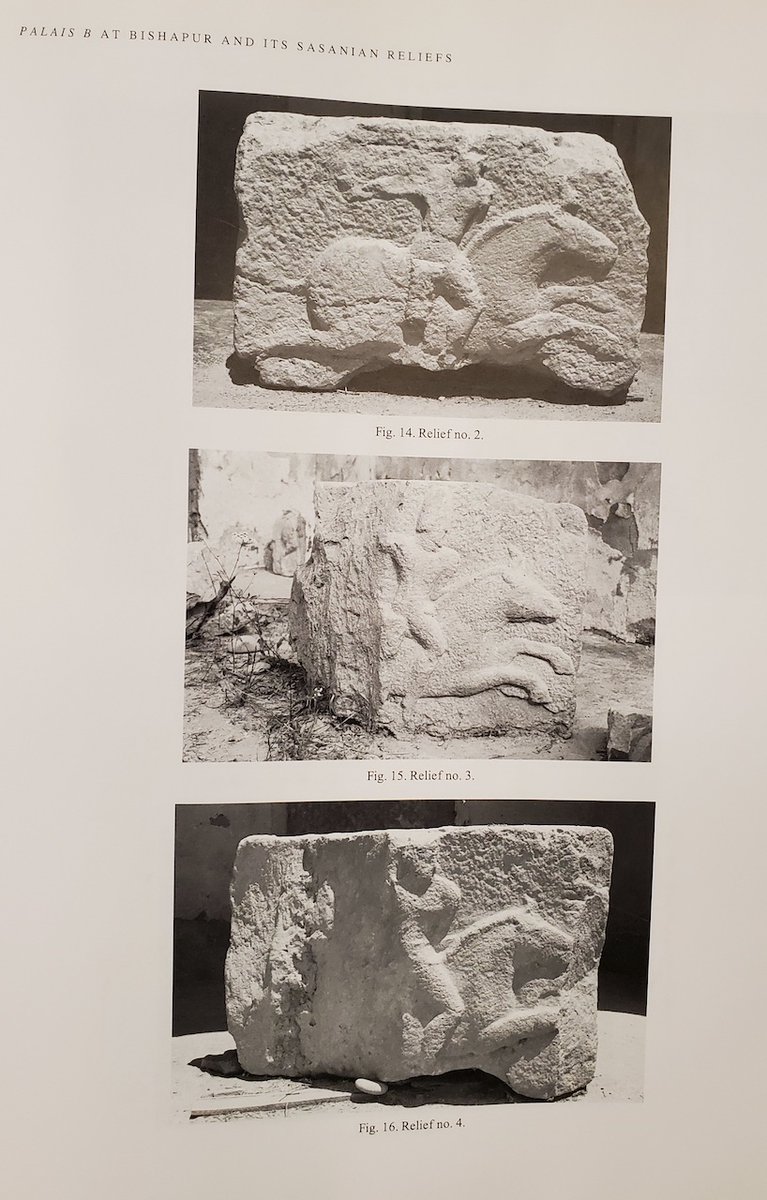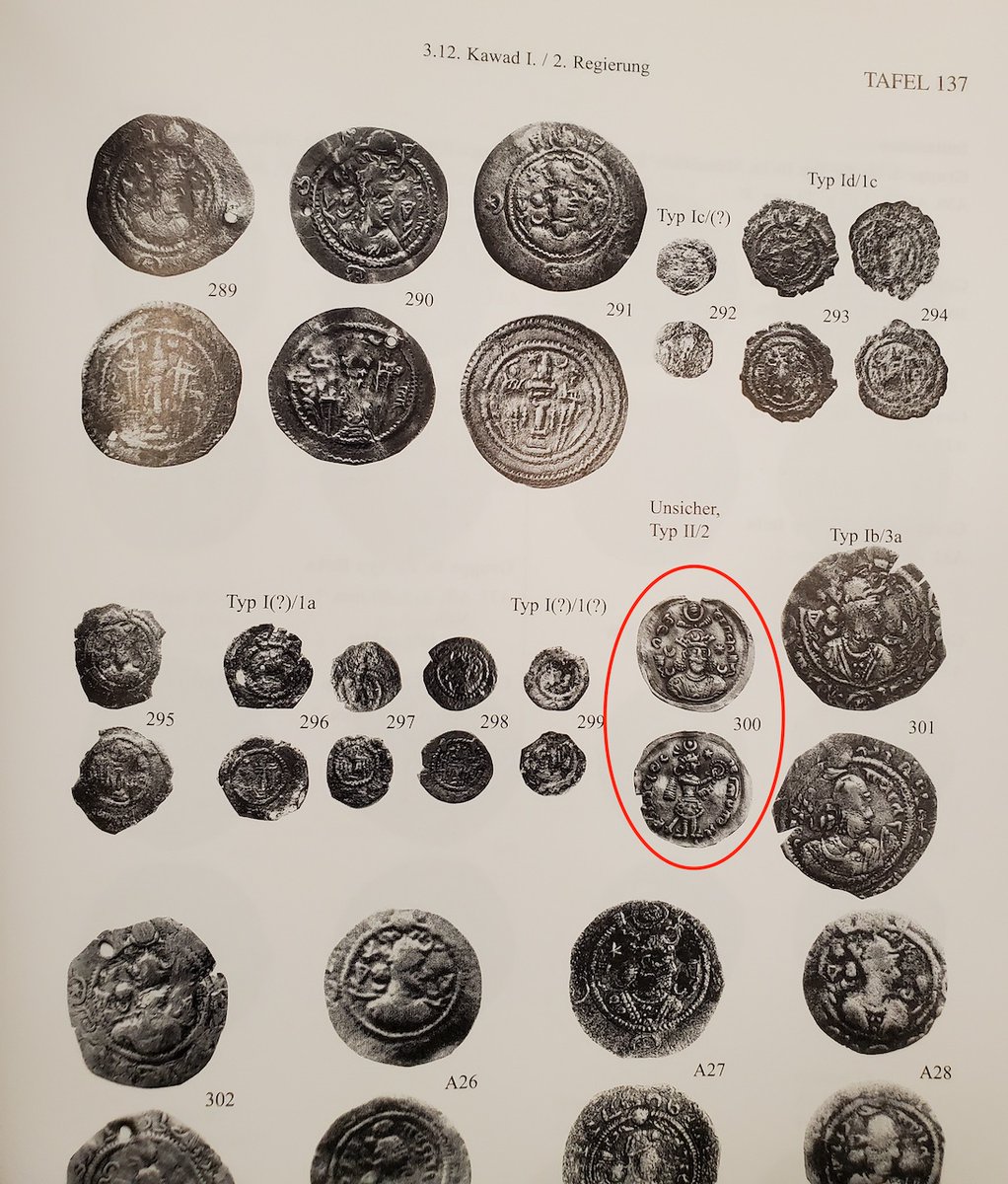
Iranian Architecture: Windows in ancient Iran
By all accounts, glass was not used in windows. Light was also brought into spaces by means of central courtyards & other open spaces
For example see recreation of open space & arch from Sasanian Kish, Iraq
⤵️🧵

By all accounts, glass was not used in windows. Light was also brought into spaces by means of central courtyards & other open spaces
For example see recreation of open space & arch from Sasanian Kish, Iraq
⤵️🧵


Domes appear to also have had an opening at times to allow more light in. The placement of small holes, slits, windows etc. have continued in Iranian architecture of bazaars, baths, other spaces
For example see placement of high windows in palace of Ardashir
⤵️



For example see placement of high windows in palace of Ardashir
⤵️




I will focus on #Sasanian era to compare various types of architecture. But this design for windows has continued in Near East for millennia
Here for example from Babylonian Tel Asmar, both a window grille and small window
⤵️

Here for example from Babylonian Tel Asmar, both a window grille and small window
⤵️


Here from Dura Europos
"window glass appears at Dura, but only in structures directly associated with the Roman army, and does not seem to have been taken up more broadly"
⤵️


"window glass appears at Dura, but only in structures directly associated with the Roman army, and does not seem to have been taken up more broadly"
⤵️



Also see types of doors excavated @ Dura Europos
Similar wooden doors were likely used in various Parthian & Sasanian cities as well, along with doors made of stone, metals etc.
A number of door jambs were excavated @ Persepolis & elsewhere
⤵️


Similar wooden doors were likely used in various Parthian & Sasanian cities as well, along with doors made of stone, metals etc.
A number of door jambs were excavated @ Persepolis & elsewhere
⤵️



At Persepolis, for example @ Palace of Darius the Great (Tachara), the "hall had 16 windows & niches, each from a single rectangular block of stone... Each bears on its frames a trilingual inscription, stating: “Stone window-frames made for the royal house of King Darius.”
⤵️
⤵️
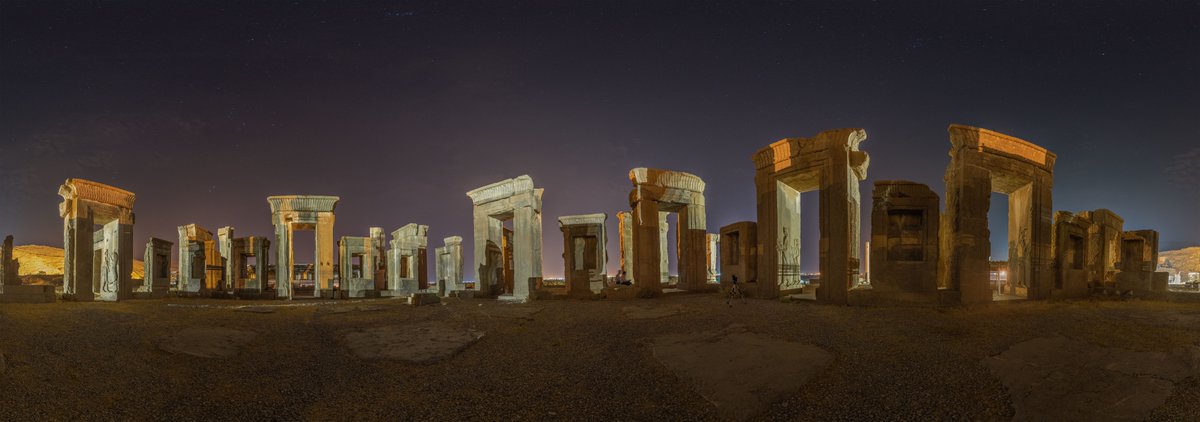
Going back to Sasanian era, we see windows placed fairly high up to bring light in while protecting the privacy of those inside
1-2: Sasanian salver
3: Iwan Karkheh Recreation
⤵️


1-2: Sasanian salver
3: Iwan Karkheh Recreation
⤵️



Windows @ now destroyed Nahavand Castle, possibly with later modifications to add glass in front of building
⤵️

⤵️


Sarvestan "Palace"
Once again, we see windows placed high in structure above arches, along with holes in dome for more light
⤵️



Once again, we see windows placed high in structure above arches, along with holes in dome for more light
⤵️

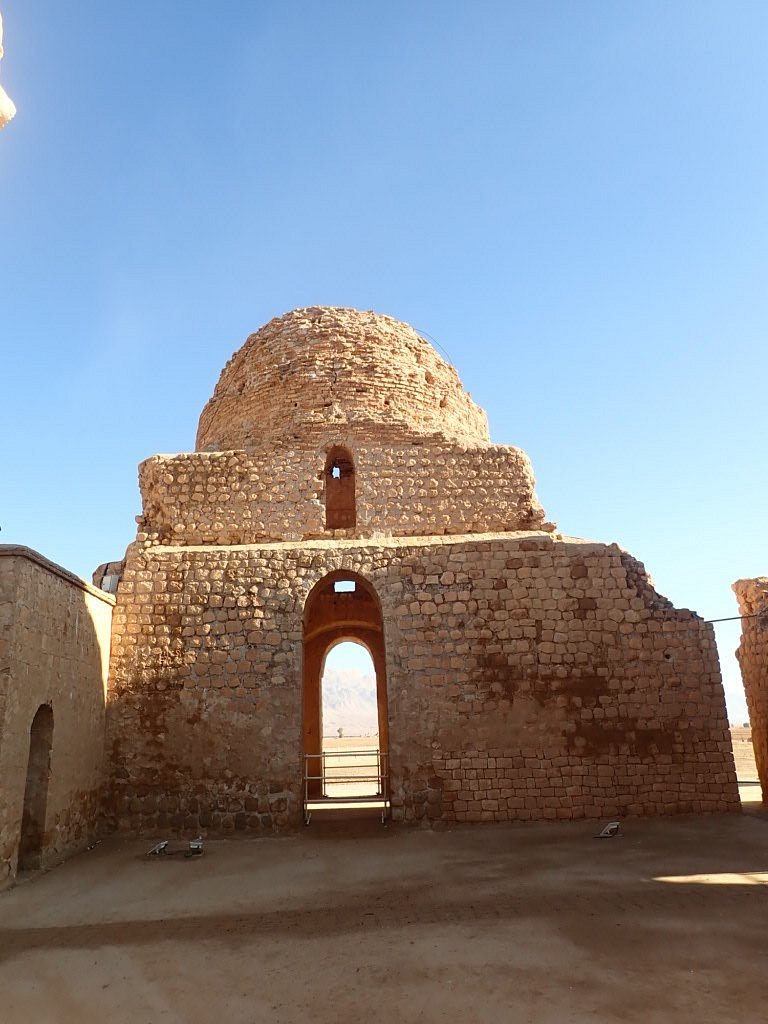


The same types of architectural elements were employed in other types of buildings, including fire temple, caravansary...
Here the Espakhoo temple ( آتشکده اسپاخو) in northern Khorasan
⤵️



Here the Espakhoo temple ( آتشکده اسپاخو) in northern Khorasan
⤵️




And a few other examples from religious buildings in Sasanian era
In short, given the overall climate & lighting in most parts of Near East, this design was sufficient & the need for glass for windows didn't really arise
⤵️



In short, given the overall climate & lighting in most parts of Near East, this design was sufficient & the need for glass for windows didn't really arise
⤵️




In terms of surviving elements, we can refer to this interesting grille from Qasr-i Abu Nasr, Sasanian or earlier, @metmuseum
"This window screen would have been used to allow air circulation in the octagonal domed building in the Western Area of Qasr-i Abu Nasr."
⤵️

"This window screen would have been used to allow air circulation in the octagonal domed building in the Western Area of Qasr-i Abu Nasr."
⤵️


As mentioned, these types of high & small windows & holes have continued to modern Iran, in architecture of various bazaars, other building around Iran
1: Shiraz Vakil bazaar, Bazar, by Jane Dieulafoy, 1881
2-3: Tabriz bazaar, of course now with addition of glass to windows


1: Shiraz Vakil bazaar, Bazar, by Jane Dieulafoy, 1881
2-3: Tabriz bazaar, of course now with addition of glass to windows

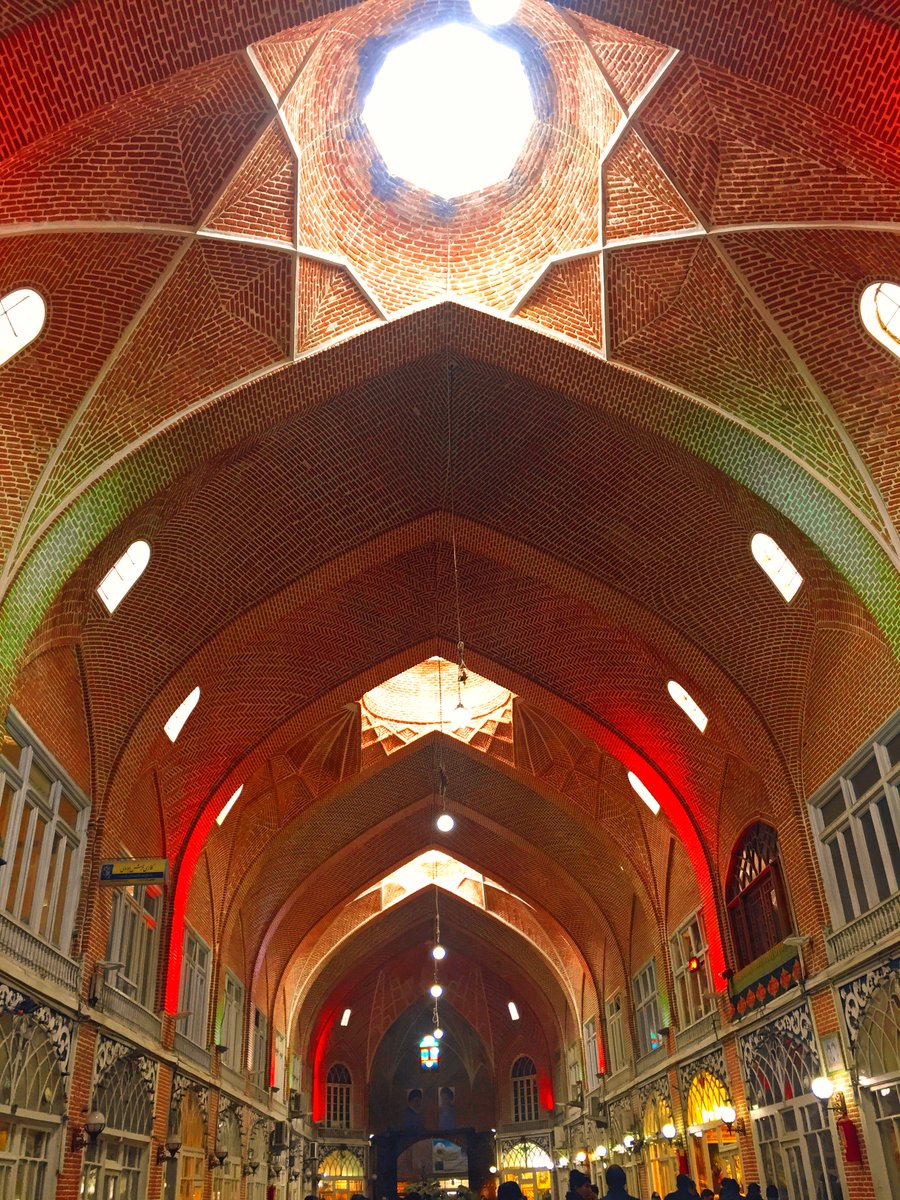

• • •
Missing some Tweet in this thread? You can try to
force a refresh
















